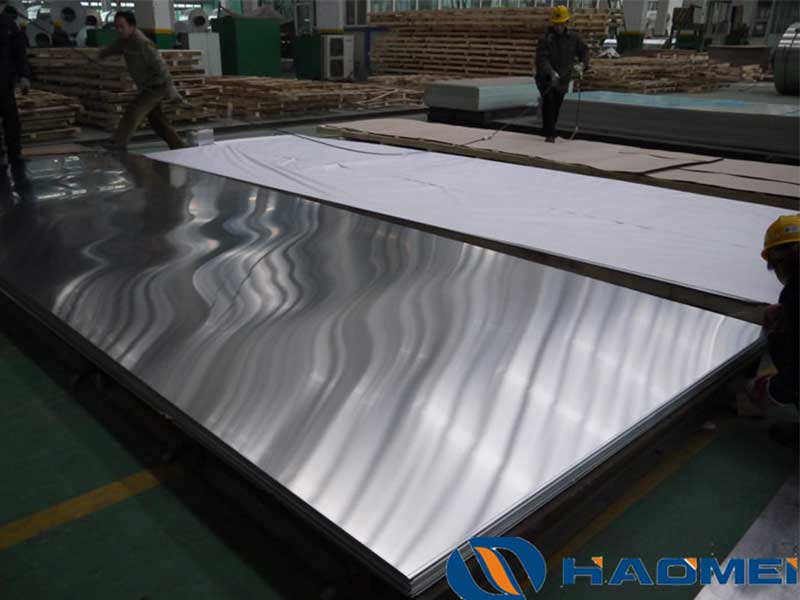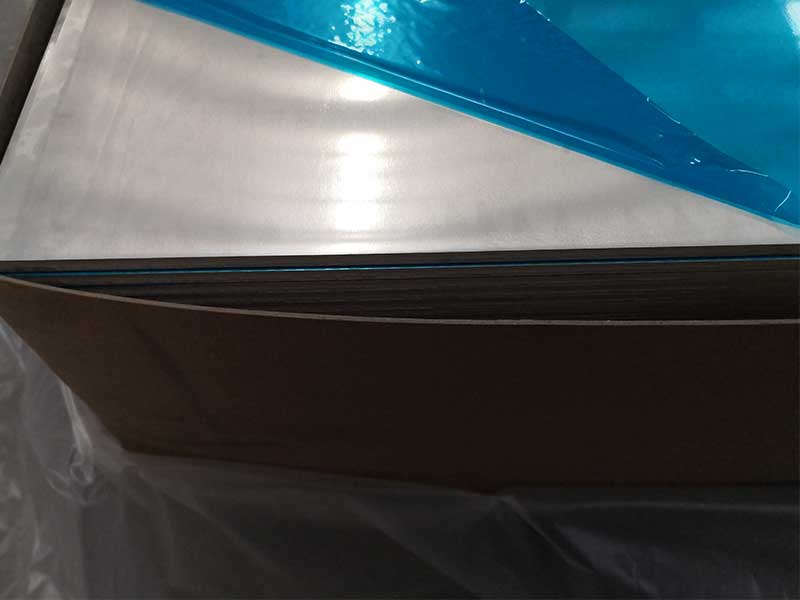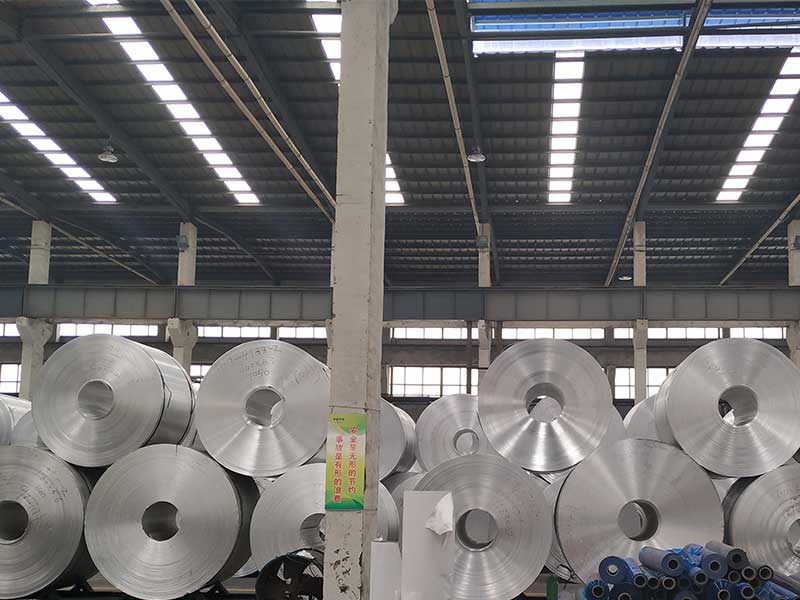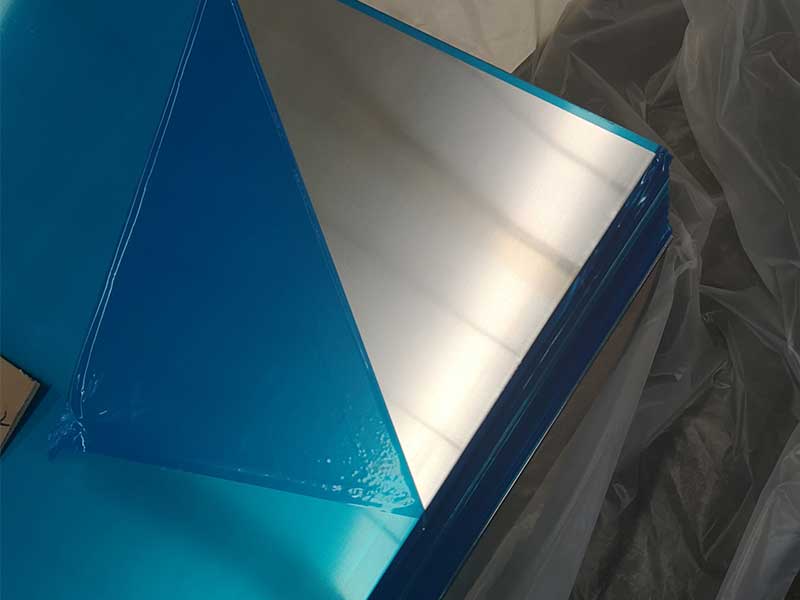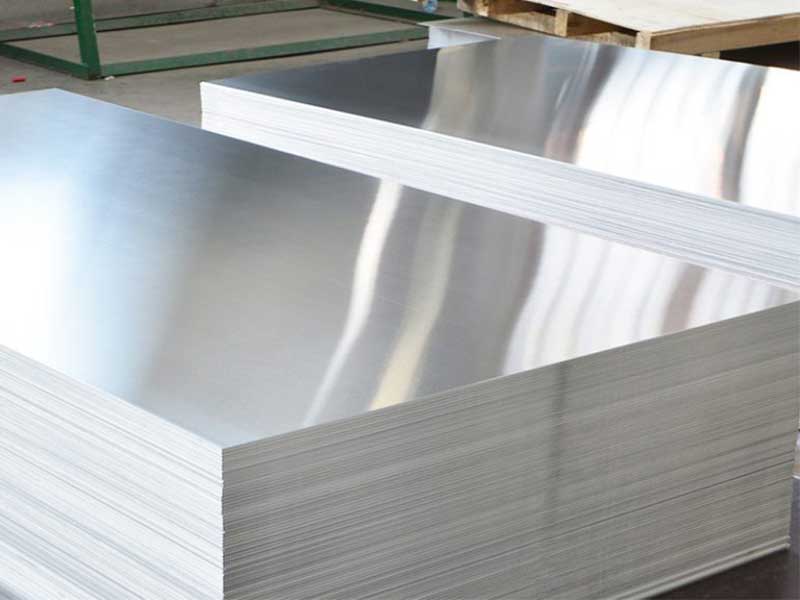4343 3003 4343 Aluminum Sheet Plate
4343 3003 4343 Aluminum Sheet Plate: A Seamless Blend of Versatility and Performance
In the vast world of manufacturing and construction, the choice of materials can dictate the success or failure of a project. Among the myriad of options available, aluminum stands out for its versatility, and specific aluminum alloys, such as 4343 and 3003, particularly shine due to their unique characteristics. While many might consider them standalone compositions, viewing 4343 and 3003 aluminum sheet plates in tandem offers a new lens through which to appreciate their combined prowess.
the Alloys: Characteristics and Benefits
1. The Allure of 3003 Alloy: Versatile and Cost-Effective
The designation "4343 3003 4343 Aluminum Sheet Plate" immediately suggests a composite or layered material, not a single alloy throughout. This isn't a standard industry designation, implying a custom order or internal factory code. My experience suggests that the repeating "4343" likely refers to a specific, higher-strength aluminum alloy used as cladding or outer layers, potentially 4XXX series aluminum known for its silicon content and good weldability. The 3003 in the middle, a common alloy known for its workability and corrosion resistance, would then form the core. This layered structure would aim to combine the strength of the 4XXX series with the formability and corrosion resistance of the 3003. We might see this used in applications requiring a balance of strength, formability, and corrosion protection – perhaps in automotive parts or structural components where external durability is paramount.
The challenge with such a composite structure lies in consistent bonding between the layers. Poor adhesion would lead to delamination under stress, compromising the structural integrity of the final product. Quality control during the manufacturing process would therefore be critical, focusing on proper surface preparation before bonding and rigorous testing to ensure sufficient interfacial strength. Furthermore, the specific heat treatment parameters for each alloy would need careful consideration to avoid internal stresses or weakening of the bonding layer. Inconsistencies in these processes could lead to significant variations in performance and ultimately
The 3003 aluminum alloy is renowned for being one of the most versatile forms of aluminum. With a mere 1.2% manganese, this alloy is easily weldable and formable, enabling it to take on various shapes for numerous applications. It boasts a wonderful balance between high ductility and moderate strength, making it excellent for sectors such as food processing, storage, and even residential appliances. The ability to work this alloy into various products while maintaining a high-quality surface finish only adds to its utility.
2. The Robust Nature of 4343 Alloy: Durability Meets Heat Resistance
On the other hand, the 4343 aluminum alloy is predominantly used in the aerospace and automotive industries. Known for its excellent corrosion resistance and enhanced thermal performance, 4343 contains silicon as its principal alloying element, becoming a prime candidate for applications that endure high heat, such as heat exchangers and welding wires. This functional resilience means that projects utilizing 4343 plates can withstand not only pressure but also the test of time.
Seamless Integration: The Power of Combination
When 4343 is used alongside 3003, a remarkable synergy emerges. Often utilized in commercial applications requiring both durability and flexibility, these aluminum sheets are not merely disparate pieces—together, they represent a brilliant marriage of properties.
1. Combining Strength with Craftsmanship
Industry professionals often appreciate that beauty lies in balance, and this holds true when we consider the strength of 4343 and the pliability of 3003. For instance, when new designs emerge in the RV manufacturing realm, engineers utilize 3003 sheets for lighter structures to maintain maneuverability. Simultaneously, 4343 elements are selectively placed to fortify certain stress-bearing areas, ensuring both aesthetic fluidity and structural integrity.
2. The Magical Transition in Cookware
Let’s not forget how the world of cookwarehas benefited from this alloy partnership. The evolution of modern pots and pans often owes its performance characteristics to the combination of 3003 for easy handling and forming with the blue-collar durability of 4343. This delicate symbiosis results in cooking utensils that are lightweight yet capable of evenly dispersing heat. Such cookware resonates with both home cooks and professional chefs alike.
Making the Right Choice: Tailored Applications for Every Need
The compelling narrative between the 4343 and 3003 aluminum sheets extends far beyond mere technical specifications; it's about practical applications tailored to real-world demands.
Manufacturers focused on aesthetics alongside performance can draw from these alloys for diverse products. An aircraft assembly line might prefer 4343 for its lightweight yet rugged designation in high-temperature areas but intersperse regions crafted from 3003 alloy for accessible service routines.
Conversely, sectors with stringent hygiene requirements, such as medical or food service, might opt for clean, smooth 3003 finishes while still reinforcing Edges with 4343 to ensure practicality complements safety.
https://www.al-alloy.com/a/4343-3003-4343-aluminum-sheet-plate.html


